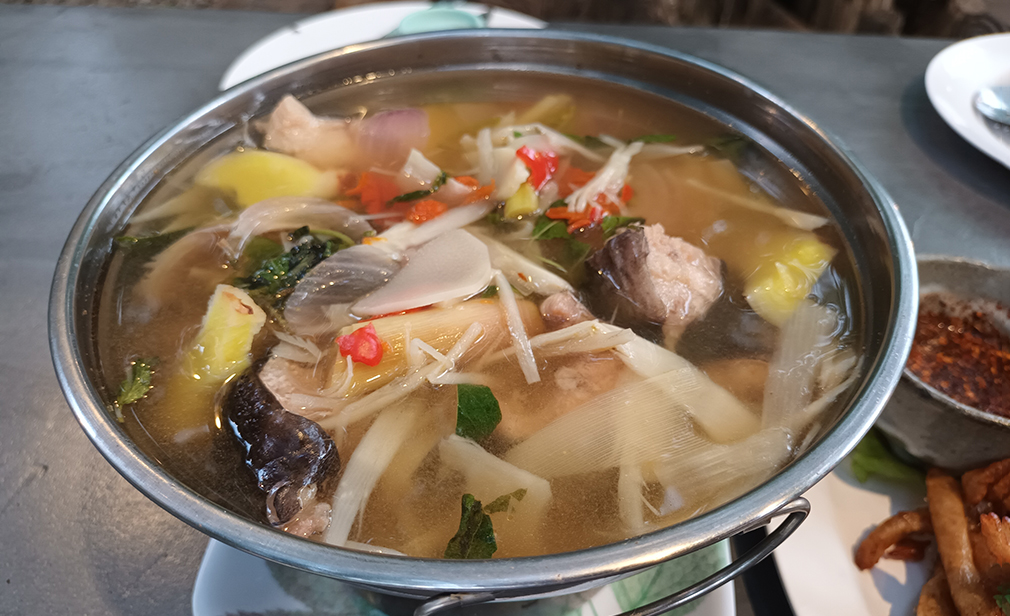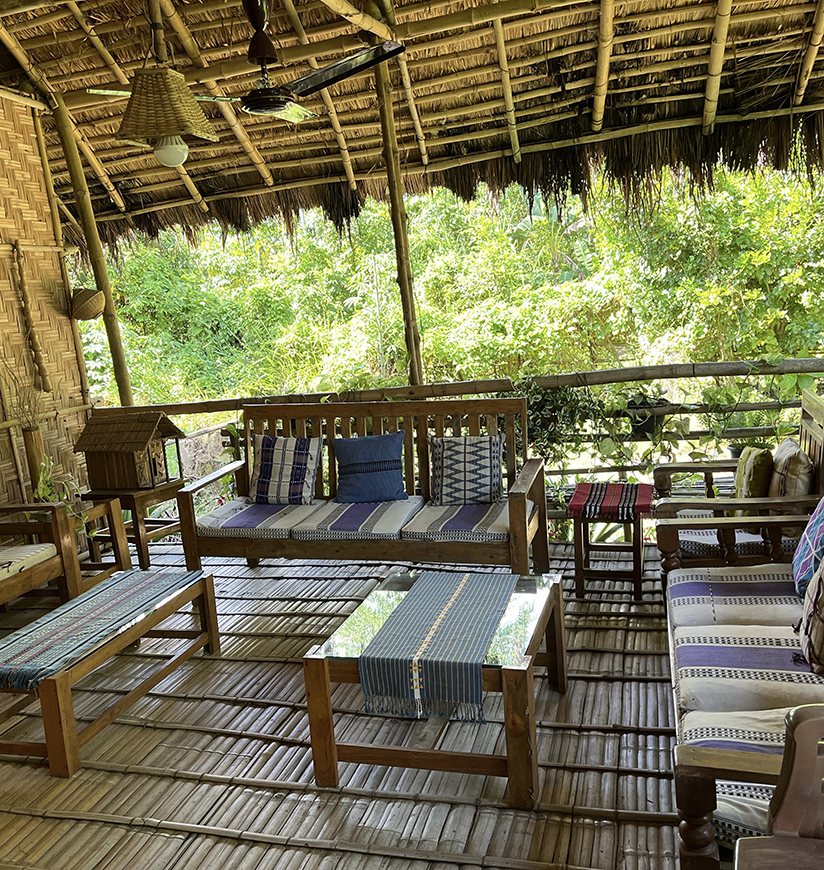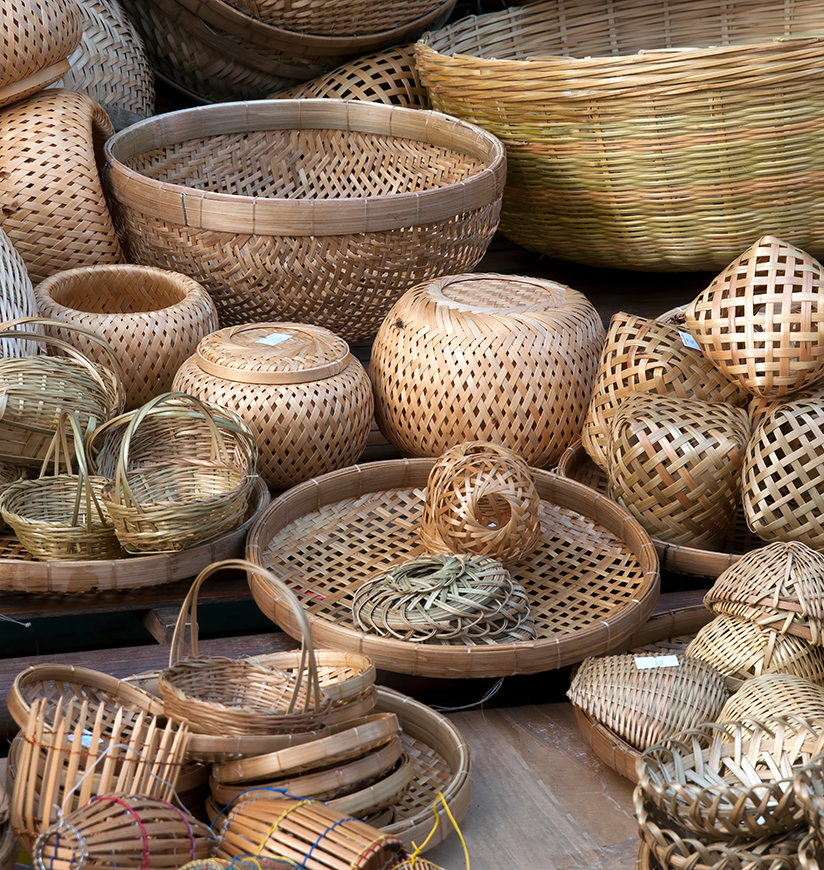Walk around a living museum
Diezephe is not merely a village, it represents a living museum showcasing the rich heritage of the Naga community. The village has historical sites that serve as witnesses to its rich history and architectural traditions. You will find ancient stone monoliths scattered across the landscape, adorned with intricate carvings and imbued with profound symbolism. These monoliths serve as storytellers, recounting the tales of eras long past. Scattered throughout the village are traditional Naga houses, constructed using indigenous materials and designed to endure the test of time. These heritage places offer you, as a visitor, the chance to transport yourself back in time and truly appreciate the architectural wonders and historical importance of Diezephe. By exploring these sites, you will gain a valuable insight into the village's distinct cultural heritage.
Relive the rare animistic customs
The cultural identity of the village is profoundly intertwined with animistic beliefs and customs that have developed over centuries. While traditional practices, such as headhunting, have undergone a transformation into more peaceful rituals, it is important to note that ceremonies and customs still hold a significant place in daily life.
You, as a visitor, have the opportunity to witness these rituals, which will provide you with valuable insight into the spiritual and cultural essence of the community. Diezephe is beliefs and customs provide a captivating insight into the Naga way of life, where tradition and modernity coexist in harmony. From sacred ceremonies to the observance of diverse rites of passage, you can explore the rich cultural heritage of Diezephe.
The village is known for Loin Loom and Hornbill festivals
The Loin Loom Festival and Hornbill Festival in Diezephe are annual cultural extravaganzas that offer a captivating immersion into the vibrant world of the Naga people.
The Loin Loom festival celebrates the rich Naga weaving traditions that have been handed down from generation to generation. You can indulge in the festival's main attraction, which is the stunning collection of handwoven textiles famous for their intricate patterns and vibrant colours. Visitors are offered a special opportunity to observe skilled weavers in action, as they create exquisite shawls, garments, and various other textile products.
The Hornbill festival unites different Naga tribes in a vibrant showcase of their diverse cultural heritage. The festival is named after the hornbill bird, which holds cultural significance in Naga traditions. At the festival, you have the opportunity to witness traditional Naga dances, music performances, and storytelling sessions that will transport you back in time. The participants' vibrant attire enhances the visual splendour of the event. Their clothing features intricate beadwork, feathers, and ornaments that beautifully depict the tribes' history and beliefs.
In addition to the festivities, these events provide a deeper understanding of Naga culture, including their rituals, customs, and belief systems. The warm hospitality of the Naga people makes you feel like a part of their community, and you'll leave with not just memories but also a profound appreciation for the cultural diversity of Diezephe.
Cultural celebrations invite you
You will find a lively centre of cultural celebrations that present an exceptional chance to fully engage in Naga traditions and festivities. The village hosts a diverse range of fairs and festivals throughout the year. The Moatsu festival, known as the Naga New Year celebration, is a splendid event characterised by vibrant dances, traditional melodies, and a wide array of delicious Naga delicacies. During the Tokhu Emong festival, individuals like yourself gather to commemorate a plentiful harvest through the expression of joyous dances and indulging in feasts. You, as a visitor, are cordially welcomed to participate in these vibrant and animated events, which offer you an authentic opportunity to immerse yourself in the rich culture and warm hospitality of Naga.
Best time to visit
The best time to visit Diezephe village is during the winter months, from November to February. During this period, the weather is cool and pleasant, making it ideal for exploring the village's cultural attractions and natural beauty without the discomfort of extreme temperatures or heavy rainfall. The annual Loinloom Festival, which usually takes place in December, is a highlight of this season, offering a vibrant cultural experience for visitors.















































